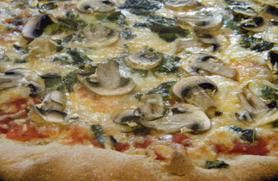I love pizza and all kinds of artisan breads. As a matter of fact, at some point I plan on building my own wood burning, brick bread oven. Not today, though - it's raining.
The reason the crusts are so amazing on those breads is simple. Stone and brick hold the heat and create a unique crust that cannot be replicated. The stone pulls moisture out of the dough making a crisp crust. The problem is those commercial baking stones are expensive. They are a little too pricey for a homesteading diva like me, and I don't like that they often don't last more than a year or so. There has to be something better.
Advertisement
